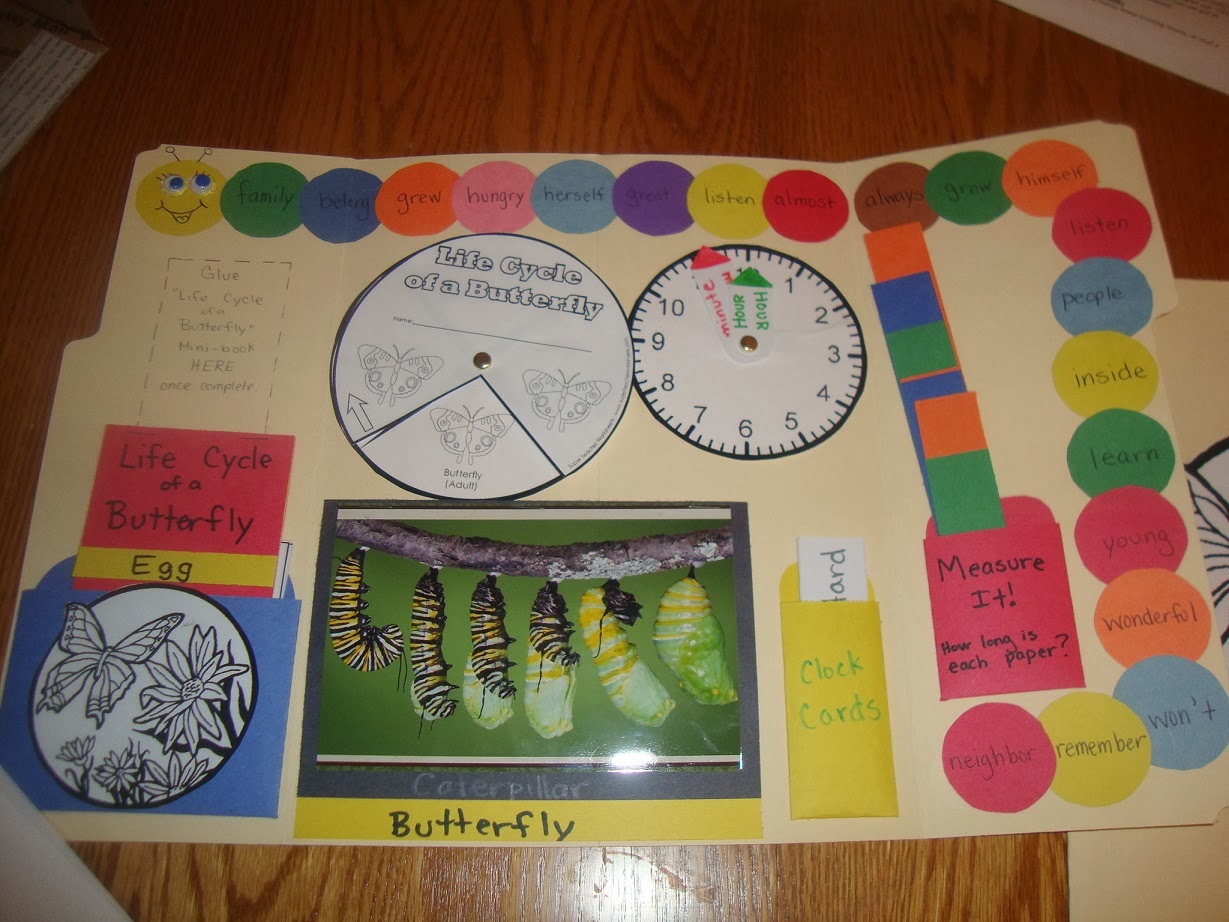My latest wooden creation. It is a Hot Wheels car wall garage.
This project cost me $3
Yup--$3.
Supplies List if you want to make your own:
-(3) 1 in X 2 in X 8 ft boards - $0.99 each at Home Depot
-Nails - already had, but cost about $1 for a small pack.
-Wood Glue - already had, but cost about $3 for a small bottle
-Corner braces with screws - already had, but cost about $2 for a 4 pack
~Another option would be L brackets to hang it
-Hammer - already had on hand
-Saw of some sort to cut wood- but Home Depot will cut the wood if you need it for a price.
Note: Home Depot gives you 4 cuts for free and other cuts after that are $0.50 each. If you make the one I have above, it requires 9 cuts and would cost you $2.50 to make them cut it. You decide if that is worth it.
Here is the breakdown:
Wood $3
Nails $1
Glue $3
Braces or brackets $2
Total:------- $9
So, if you have a hammer and some sort of saw to cut the wood, then it will cost you $9.
If all you need is the wood, then it will cost you $3 plus tax.
Personally, I think I would pay $10 for a shelf that will keep those dumb, feet-killing cars off my floor. I got lucky and only paid $3 and now want another one. Maybe I need to add that to my list for tomorrow...
I cut the 8 feet boards into 2 feet strips. I needed 11 total for the project directly above. I ended up making the sides a little shorter and having one less shelf on the final project. My wall had an outlet that was badly placed and required my original project to be modified.
You can see two outlets in the picture and there is another one hidden by the baby. Ish. Why did all the outlets have to be in the exact same spot? And why did it have to be the spot I wanted to hang something?
I got the handy guys at Home Depot to cut my boards in half and then I cut them further once home. I taped all the shelf boards together with masking tape. I then sawed each side to make them all square. It worked pretty well. If you are a real woodworking person, please stop cringing and just do it your way.
I then glued the pieces together and nailed them later for good measure. I attached the corner braces or L brackets to the shelf and wall. Then my kids added the cars and I admired my handy work.





















































